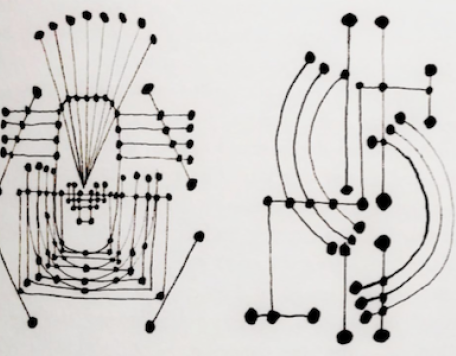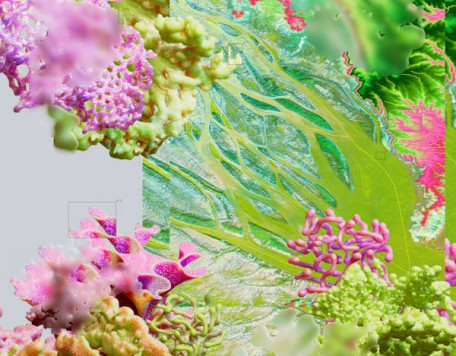© Pint of Science, 2025. All rights reserved.
Join us at the Griff Inn for a night of science fun! Find out how stem cells are being used to build the human nervous system in a dish and answer the crucial questions in neurodegenerative disease.
Pint of Science goodies to be won during the night!
Pint of Science goodies to be won during the night!
Out with the old, in with the new
Professor Rickie Patani
(Clinical Neurologist and Stem Cell Biologist)
Historically, we have relied on animal models to try to understand human disease and discover therapies. These come with a number of caveats, as well as significant animal welfare concerns. In 2007, Dr Yamanaka made a breakthrough in modern science unlocking the power of the human stem cells. Join the Patani team as they take you through the journey from stem cells to fully differentiated cells of the nervous system; and demonstrate their unique capacity to understand the basis of devastating human neurodegenerative diseases such as Amyotrophic Lateral Sclerosis (ALS).
The unprecedented power of human-derived stem cells
Dr Jacob Neeves
(PhD Student)
ALS is a devastating, adult-onset neurodegenerative disease, which kills quickly. The major pathology involves progressive degeneration of the nerve cells which innervate muscles. At present, ALS remains truly untreatable, despite drastic search for therapies. By modelling the disease using cells directly acquired from patients and investigating nerves at the earliest stages, we have the best chance of identifying what goes wrong first in disease, leading to discovery of effective therapies.
ALS: more than just a neuronal disease? The nervous system’s social network
Ben Clarke
(PhD Student)
Did you know that nerve cells make up barely half of our nervous system? A myriad of other cell types talk to and support the billions of irreplaceable nerves in their vital endeavours. Furthermore, there is numerous evidence for dysfunction of these supportive cells in ALS. We seek to uncover the contributions of these additional cells in disease.
Map data © OpenStreetMap contributors.
Other The Griff events
2025-05-21
Art and Physics: Making Art from the Unseeable!
The Griff
Garrod Building, Turner St, London, E1 2AD, United Kingdom
2025-05-20
Art: Fuel for the Body, Mind and Soul
The Griff
Garrod Building, Turner St, London, E1 2AD, United Kingdom




